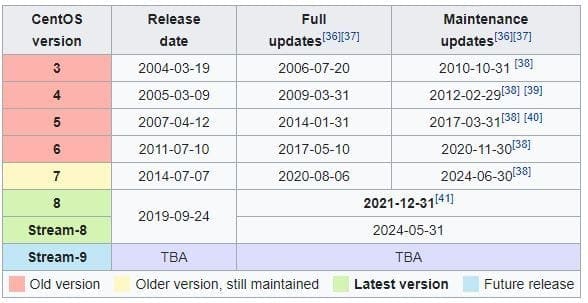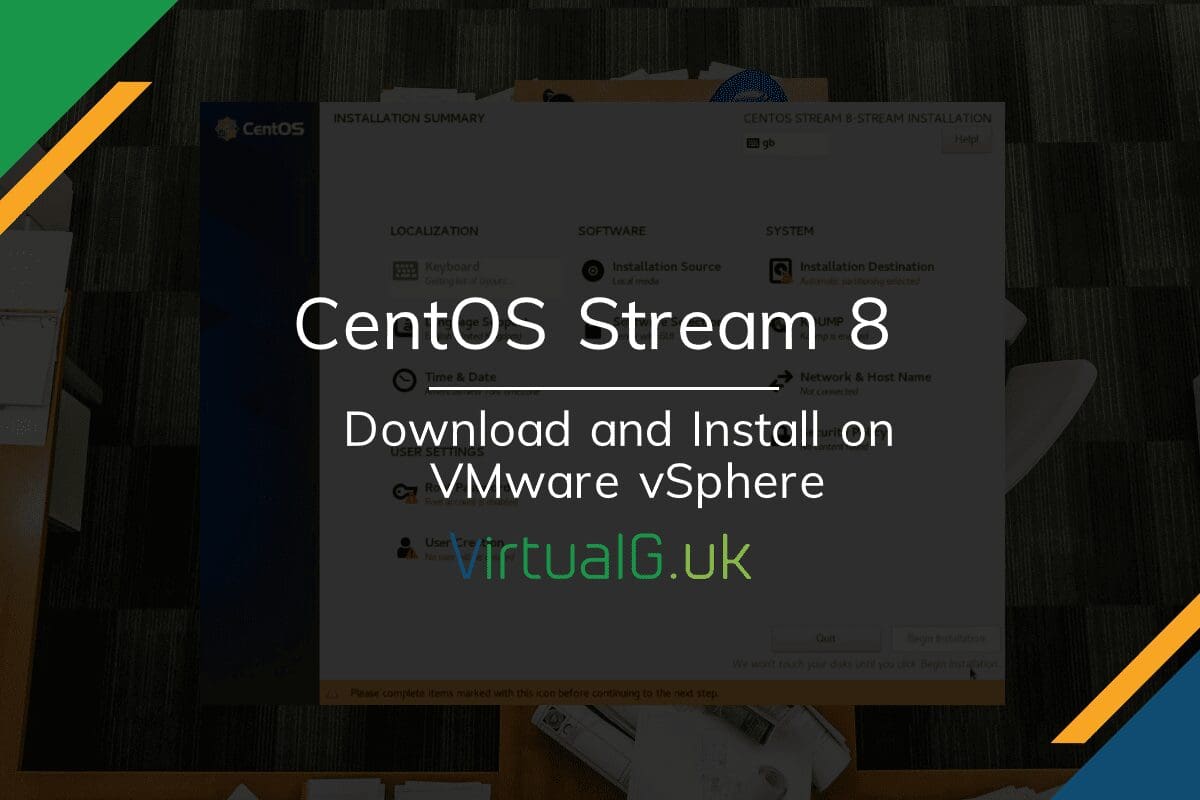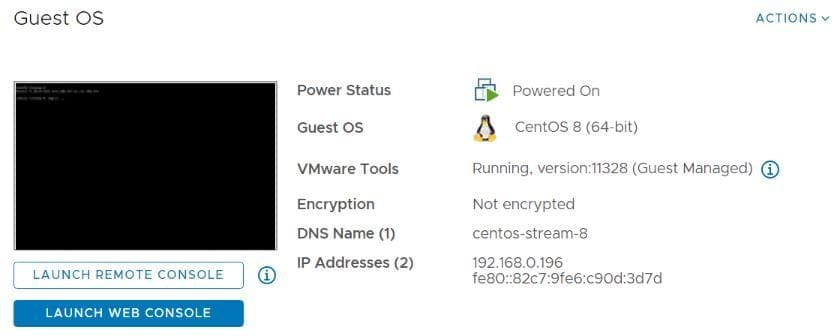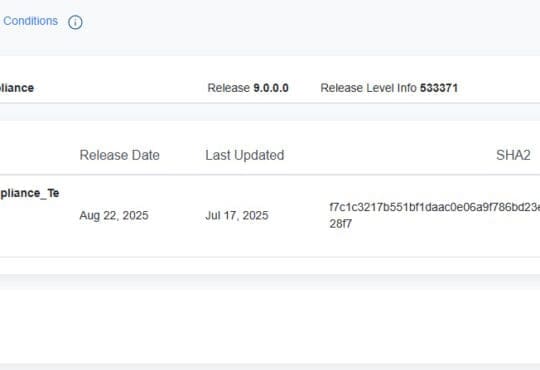Contents
Recently. you may have heard about the new CentOS operating system, Centos Stream. There is quite a bit of confusion about this online so I have put this post together to clear up a few things.
The history of CentOS
CentOS has typically been a very reliable, open-source operating system. Its reliability comes from the fact that it is released, downstream from multiple OS releases. What does this mean though?
Well, first we have the Fedora OS. This is a free, community operating system with frequent releases. It favours new features over stability.
Next, we have RedHat, this is based on Fedora but a commercial offering meaning there are charges for its use and support. It is however very stable since a period of time has to pass before new features from Fedora are released into the OS. RedHat favours stability over new features.
Then there is CentOS, a community version of RedHat (Essentially, CentOS is RedHat with commercial images, files and software removed). This means that it is considered a very stable OS, but open-source and free to use with a large community at hand to assist with support issues.
So where does CentOS stream come in?
The easiest way to look at CentOS stream is that it fits in-between Fedora and RedHat. This means that some stability is sacrificed for features but this isn’t exactly true. The CTO of RedHat explained in 2019 that CentOS Stream will be an “upstream development platform” I presume this means that CentOS stream will essentially be the base of RedHat but with more frequent updates. It’ll probably look something like a pre-release of upcoming RedHat releases.
It is also worth noting that CentOS stream 8 has a longer life cycle than CentOS 8:

In summary, CentOS Stream 8 appears to be a middle ground between Fedora and RedHat but based on the stable RedHat codebase.
What does this have to do with VMware?
A “new” operating system means another check of the compatibility matrix. Is it supported on VMware’s vSphere platform, what about VMware tools etc?
A look on the VMware Guest OS compatibility list fails to show any record for CentOS Stream 8, however, we can be quite confident that it will continue to work since the code base is very similar to Centos 8. After all, VMware boasts to be the leader in supporting the highest number of operating systems on their hypervisor solution stack, vSphere.
VMware Tools on CentOS Stream 8
Can we install VMware tools on CentOS Stream 8?
There is no need to. CentOS Stream 8 includes VMware Tools, even on a minimal installation.
You can see below that the vSphere Client correctly detects this and shows the DNS name and IP addresses for the Virtual Machine too.
How do you install CentOS Stream 8 on VMware vSphere?
There is really no difference between installing CentOS 8 and Centos Stream 8 on vSphere, however, I have a video on all the steps below for those who are interested.










